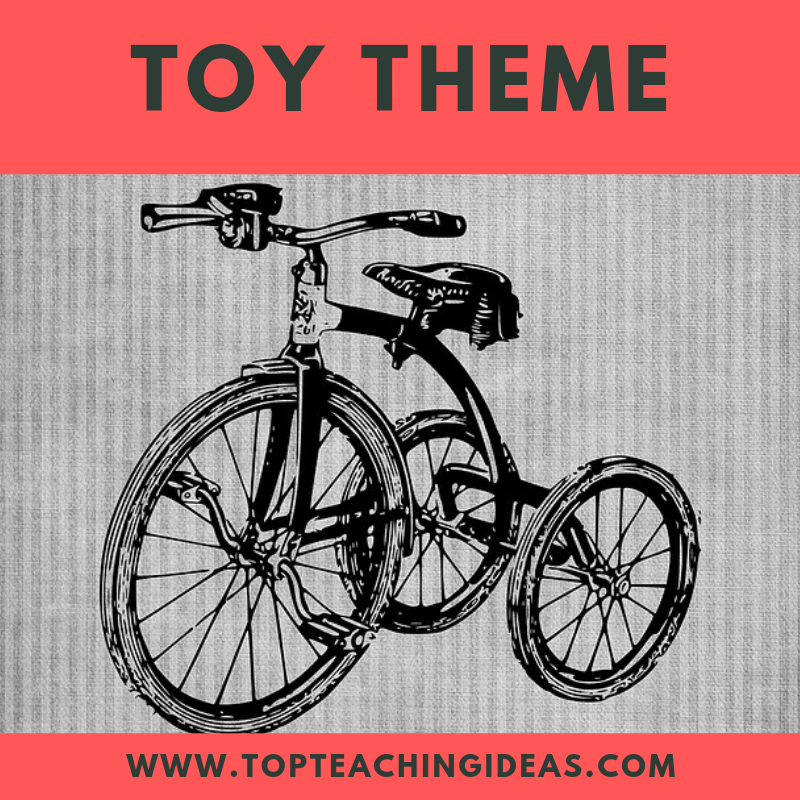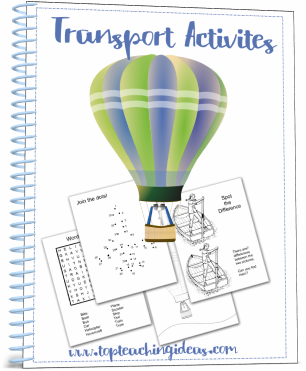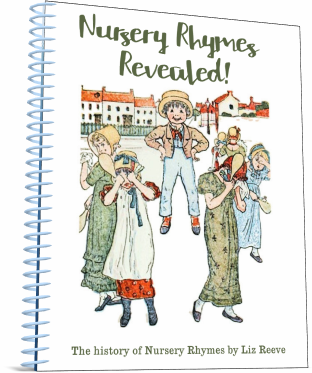Toy Theme
A Toy Theme is a GREAT topic to start the new year with.
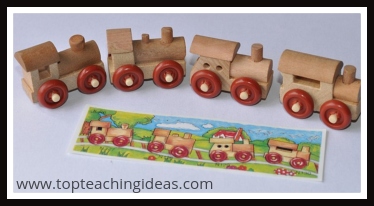
Xmas has just been and gone so the kids will be eagre to talk about, and show their newly aquired toys. So bring on the ideas and start planning your Toy Theme!
A toy box of surprises for your children and some worksheets too!!
Start with a story!
This has become my mantra!
Find the right book for your teaching theme! Then forget the intro's and questions just sit down with the kids and read.Your obvious love of the story will be infectious and the kids will be all ears!
I ve written a few pointers about reading out loud or telling stories to children. See below.
TIPS ON HOW TO READ ALOUD
Reading aloud is an art. It can influence childrens love of literature for the rest of their lives. So we must get it right!
Here are 4 pointers which I found worked for me.
1. Read the book in advance so you know what's coming!
2. Choose a book that your children can relate to.
3. Enjoy what you read and put lots of expression into your voice and where appropiate make funny faces!
4. Involve the children in the story! Let them join in with the repetitive bits and wherever possible get them to do some actions too.
The book I chose to begin my Toy Theme was a book called Dogger by Shirley Hughes. Its a delightful story about a little boy who loses his favourite toy and the sacrifice his sister makes to get it back.
If you would like to order this book from Amazon just click on the link.
Once you have read the book you can now start the topic 'Toy Theme!'
Begin by asking the children what their favourite toy is. Ask them why it is special and what they would feel like if it was stolen or lost?
Then they could draw a picture of it and write a short description underneath. This could become a class pin board display 'OUR FAVOURITE TOYS.'
Click here for My Favourite Toy worksheet
Now make a list of synonyms for the emotion word 'sad' This could include miserable or glum. See how long trhey can keep going and count the number of words you have collected at the end.
Next, talk about what Bella did for Dave. Would they give something precious away to make someone else feel happy?
Then do the same as you did for the word sad, except this time do it for the emotion word 'happy'. They could say cheerful or contented or even joyful. Then see if the happy synonyms topped the sad ones!
This is a good way of extending their vocabulary and encouraging them to look for different and more interesting adjectives to include in their writing.
Play this game with lots of other words too.
OR use it as a time filler for those few spare minutes before break or before going home .
Linking Words
This is a fun idea for your Toy Theme which links toys with childrens' names. Start by thinking of a toy. A ball for example. Now think of a name that starts with the same letter as ball.So that might be Brian. If you have someone in the class whose name begins with 'B' that's even better.
So we have a Ball for Brian. What about a train?
We could have a Train for Tim etc
Once they get the hang of it they can see how many they can think of by themselves. They might like to draw the toy and write the caption underneath.
Design an Advert for your Toy Theme
Persuasive writing seems to have crept into the curriculum of late and is, an important skill to aquire, but can be difficult to teach to younger children.
SO I ve designed my own version which I can adapt to all kinds of themes! I decided to challenge the children to make an advert for their favourite toy or game.
Start by looking at adverts for toys and games and discuss with the children what it is that attracts them to that particular advert. Is it the colours or the text or the characters?
Make a list of all the things they love about their favourite toy.
Play 'What is it? ' and ask the children in turn to decribe their special toy without saying what it is. Remind them to include whether it moves, what it's made of and why they like it.
Tell the children about 'Bossy verbs' The verbs that tell you to do something. For example Buy this! or 'You're sure to love this toy!' Then let them have a go at creating a first draft of their advert. And don't forget the price! It could be reduced that's bound to make it more attractive!
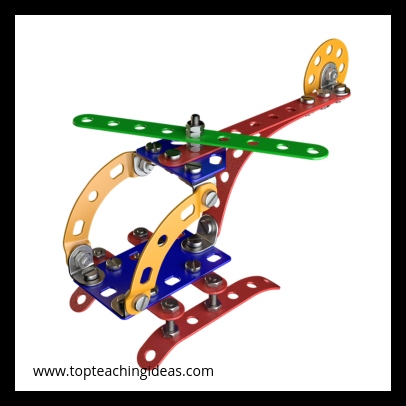
Write a Toy Story
Challenge your class to write a short story about losing a special toy. It could be a story about themselves or it could be about someone else. Whatever they choose, get them to use some of those emotion words that they thought of earlier
For younger children there is a card book to download. Just fold in half and half again and they can write a few lines about how they lost their special toy and draw a picture!
For older kids why not make a book too and include pictures and/or photos to make it more interesting. They could put their name on the front cover too!
Young children could make a class story.
Each child adding a little bit to the plot. Have an adult scribe what they say. Then this too could be a Toy Theme story book, with pictures drawn by the children. Why not add it to the class library so they can read it to each other.
Make a Jigsaw for your Toy Theme
An easy and rewarding activity to do with the kids for your Toy Theme.
You will need:
Some pieces of card. Not too thick because they have to cut it,
Scissors
Crayons or felt tips. That's it!
Give the children a piece of card each and ask them too draw a colourful picture on it. It must fill up as much as the paper as possible. Too many blank areas makes the jigsaw hard to put together! Then once they have finished get them to cut up the card into about 6 pieces of fairly uniform sizes [not uniform shapes though] They can turn the card over if they prefer and draw cutting lines on the reverse as a guide. Once that's done they can try to re assemble it!!
A follow up of this is to ask them to write instructions for:
How to make a Jigsaw
Tell them about BULLET POINTS for ordering instrutions.
Also revisit BOSSY VERBS to begin their sentences.
Lastly they could design and make a container for their jigsaw so the bits don't get lost. This could be a small box or a pocket, similar to a glasses case. Offer them various materials and just let them have a go.
Make a Toy Museum for your classroom
The idea of a toy museum could be introduced early on in the Toy Theme topic. Even before you start you could send a letter home to parents or carers asking for their help in providing old toys for display in the museum. When I did this I was surprised how many different toys arrived. There was a Jack in the box, old metal meccano, a game of Jacks, [remember them?] and numerous old teddy bears that had been lurking in attics for years! I asked them to tell us a little bit about the toy such as who it belonged to and how old it was. Then we could write a caption for each exhibit.
It might be worth contacting your local museum to ask if they have a collection of old toys they could bring to the school for the children to see and perhaps 'have a go with'.
Alternatively, have a look at the story book:
Lost in the Toy Museum' by David Lucas. Watch and see what the kids do with their own Toy Museum! Do the toys in there come alive?
You can purchase this book from Amazon by clicking on the title!
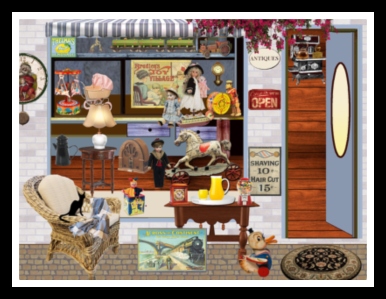
Some Maths ideas for a Toy Theme
Sorting activities: Old toys/ New toys or Toys that move/ Toys that don't.
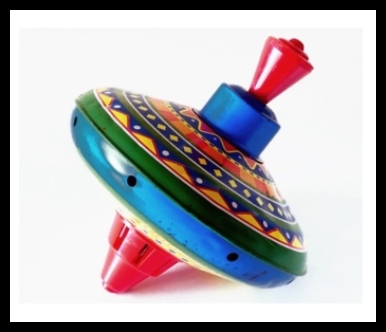 |
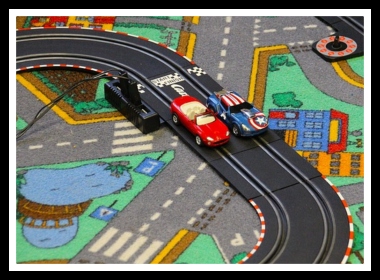 |
Sizing Activities: Using both standard and non standard units measure the height of various toys. Find who has the tallest teddy!
Graphs: Make a graph of children's favourite toys.
When it is finished ask questions such as ' What is the difference between the most favourite toy and the least favourite? or 'How many more children like a teddy bear than the lego bricks?
Games: Play Snakes and Ladders or Ludo. This helps younger children recognise nos aswell as helping them become familiar with 1 to 1 skills. ie moving their marker one square at a time.
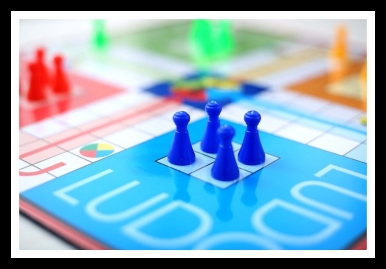
Games: Play Dominoes. Then see how many addition and subtraction sums they can make out of one domino tile.If you have older children you could add multiplication and division into the mix. For example: a tile with 3 dots and 2 dots could be 2x3 2+3 3x2 3+2 3-2.See if they remember to put the larger number first with subtraction and division sums.
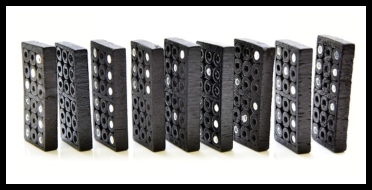
Sciencey Stuff!
Floating and sinking: Experiment with toys that float and sink. Can they explain why this happens.
Materials. Discuss with the children what material is best for making certain toys and why. What material for example would you choose to make a toy boat out of?
Look at some old toys and compare the materials used with those of today. Why is metal not so common now do they think? Have a look at the eyes of an old teddy bear. What are they made of and why might they be considered dangerous today?
Books you might like to read for the Toy Theme
- Traction Man is here by Mini Grey
- That Rabbit belongs to Emily Brown by Cressida Cowell and Neal Layton
- Amelia Jane Collection by Enid Blyton
- Kipper's Toy Box by Mick Inkp
- Toys around the World by Joanna Brundle
- Naughty Bus by Jan and Jerry Oke
- The Teddy Robber by Ian Beck
- The Toymaker by Martin Waddell and Terry Milne
- The Velveteen Rabbit by Margery Williams
- Stanley's Stick by Neal Layton and John Hegley
If you fancy ordering any of the above books from Amazon all you have to do is click on the title and it will take you straight there!!
Toy Facts
1. One of the oldest toys in Britain was found near Stonehenge. It was made of wood and was a carving of an animal. It is thought to be about 2000 years old.
2. Teddy Bears were named after an American president Theodore Roosevelt who was commonly known as Teddy. The first Teddy Bears came from America and Germany.
3. Dolls have been around for about 2000 years. Roman children used to play with dolls although they would have looked a lot different then and would have been made of made of clay,cloth or bone.
4. You can tell the era of a toy by looking at what it is made of.
5. Playdoh was originally invented to clean the soot off wallpaper!
6. The Yo Yo is believed to be the worlds second oldest toy. It is said to have been invented in Ancient China. The people of the Philippine Islands have used it as a weapon for many years! Not quite sure how though!!
7. A ceramic rattle was found in Turkey which is thought to be 4000 years old thus making it the oldest toy ever discovered.
8. Lego bricks were first made in 1958 and still work well with the lego bricks bought today. In other words they haven't changed a thing! If it's not broke why fix it?!!
9. Tonka toys are named after Minnesota's Lake Minnetonka.
10. The best selling toy of all times is the Rubik's Cube. More than 350 million have been sold since they were invented in 1980.
I do hope that some of these ideas for a Toy Theme have been useful to you. Thank you for looking at my site and feel free to look at other pages for more funfilled activities for little learners!
Welcome!
Need inspiring teaching ideas? You have come to the right place.

